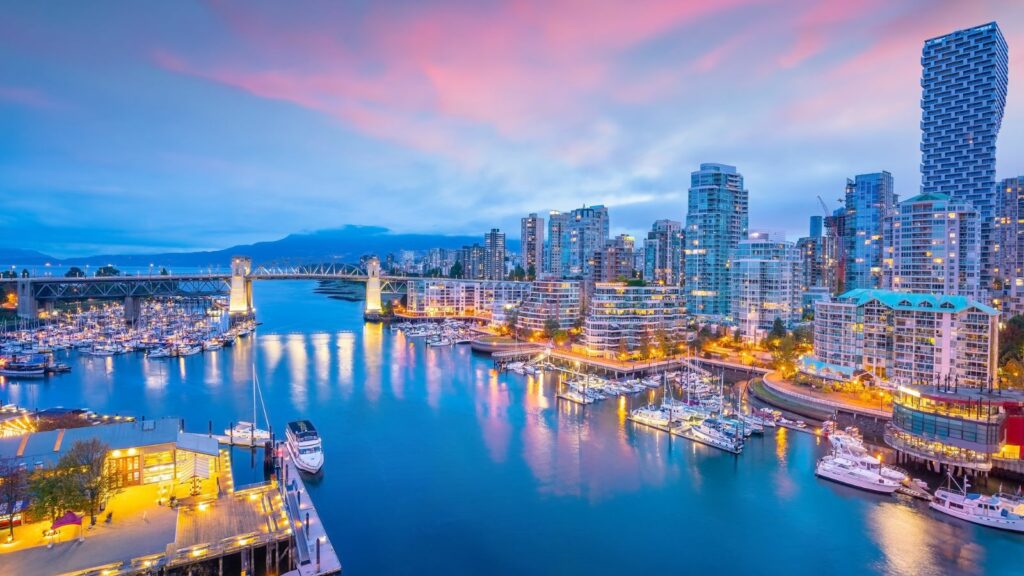Canada is quickly becoming a global leader in sustainable living, and nowhere is this more evident than in the many communities across the country championing eco-friendly innovation. From green architecture to circular economies, these communities are more than just places to live, they’re testbeds for the future of environmental stewardship. Here’s a closer look at 19 Canadian communities that are reshaping how we live in harmony with the planet.
Tofino, British Columbia

Nestled on the west coast of Vancouver Island, Tofino is more than a surfers’ paradise. The community is deeply committed to environmental protection. From sustainable seafood initiatives to plastic reduction campaigns, Tofino is working hard to preserve its fragile coastal ecosystems. The town also supports off-grid housing projects and local permaculture farms, making it a beacon of sustainable coastal living.
Nelson, British Columbia
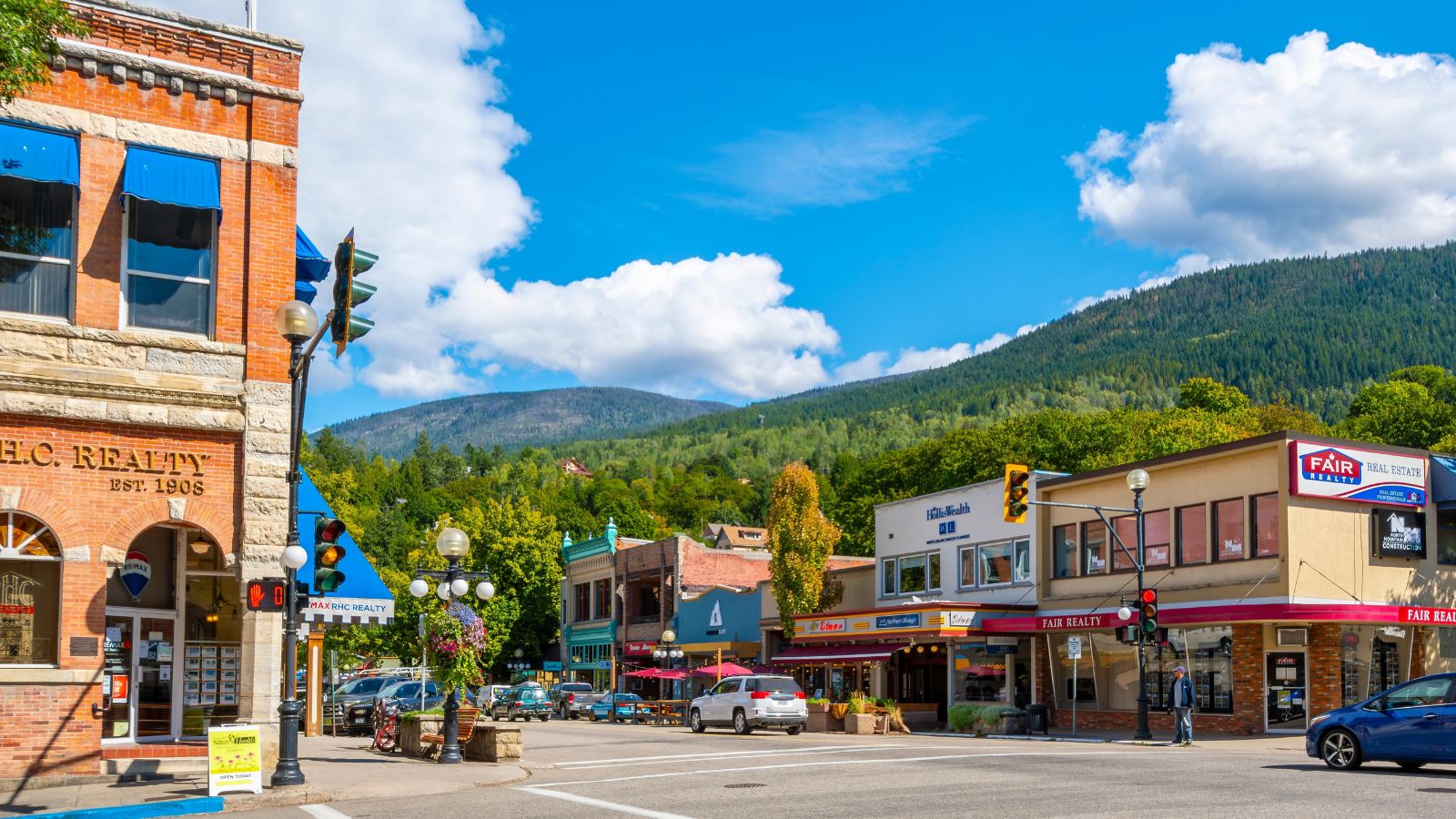
This artsy mountain town has become a hotbed for green innovation. Nelson’s residents have embraced solar energy, community gardens, and car-sharing initiatives. The Kootenay Co-op offers organic local food while supporting zero-waste shopping. With its walkable downtown and progressive city planning, Nelson is leading the way in combining quality of life with eco-conscious living.
Galiano Island, British Columbia
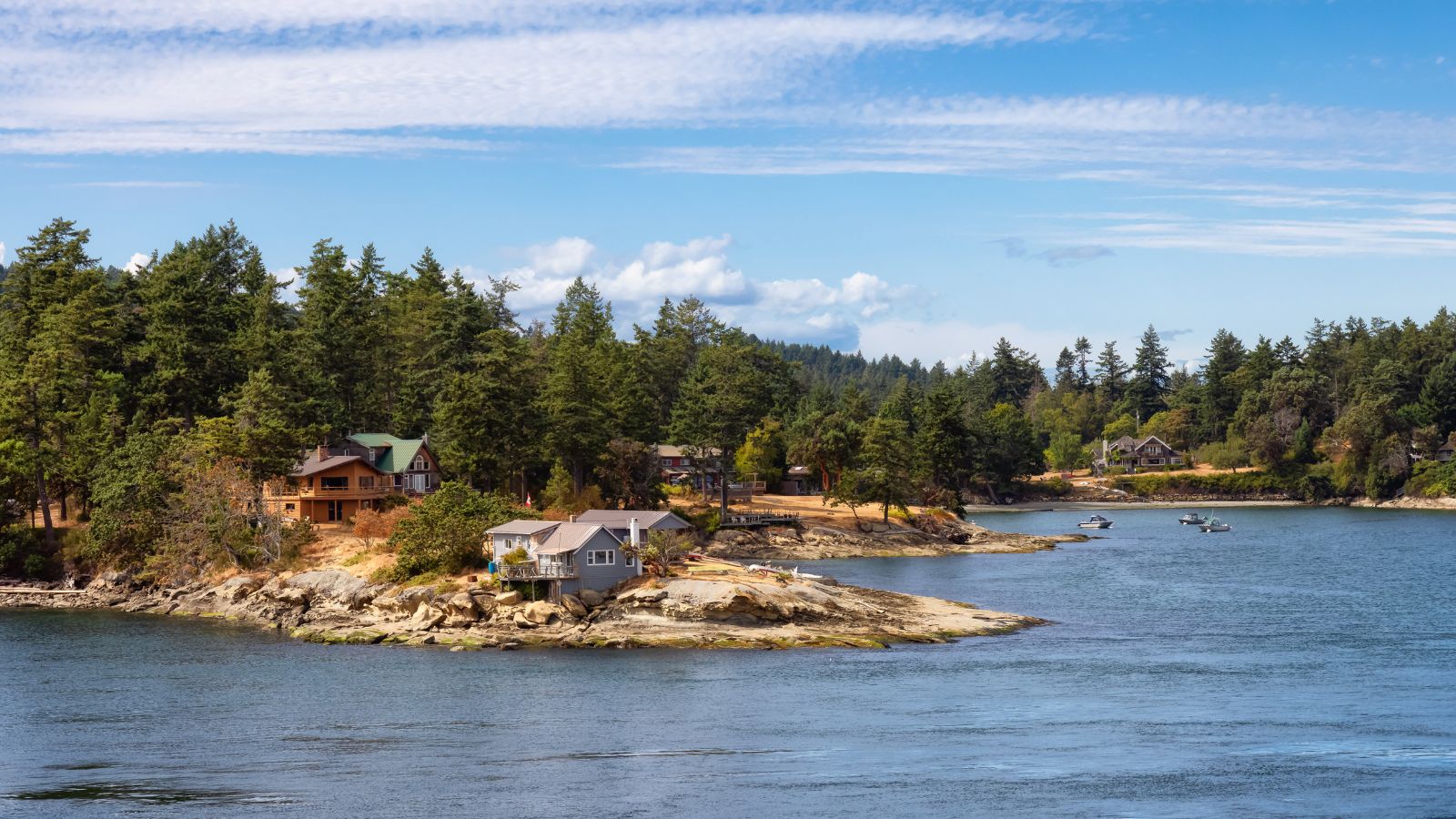
Galiano Island is a small Gulf Island with a big environmental vision. Locals focus on land stewardship, organic farming, and low-impact housing. The Galiano Conservancy Association manages several nature reserves and offers educational programs on sustainable practices. Rainwater harvesting, composting toilets, and passive solar designs are common features in homes across the island.
Whistler, British Columbia
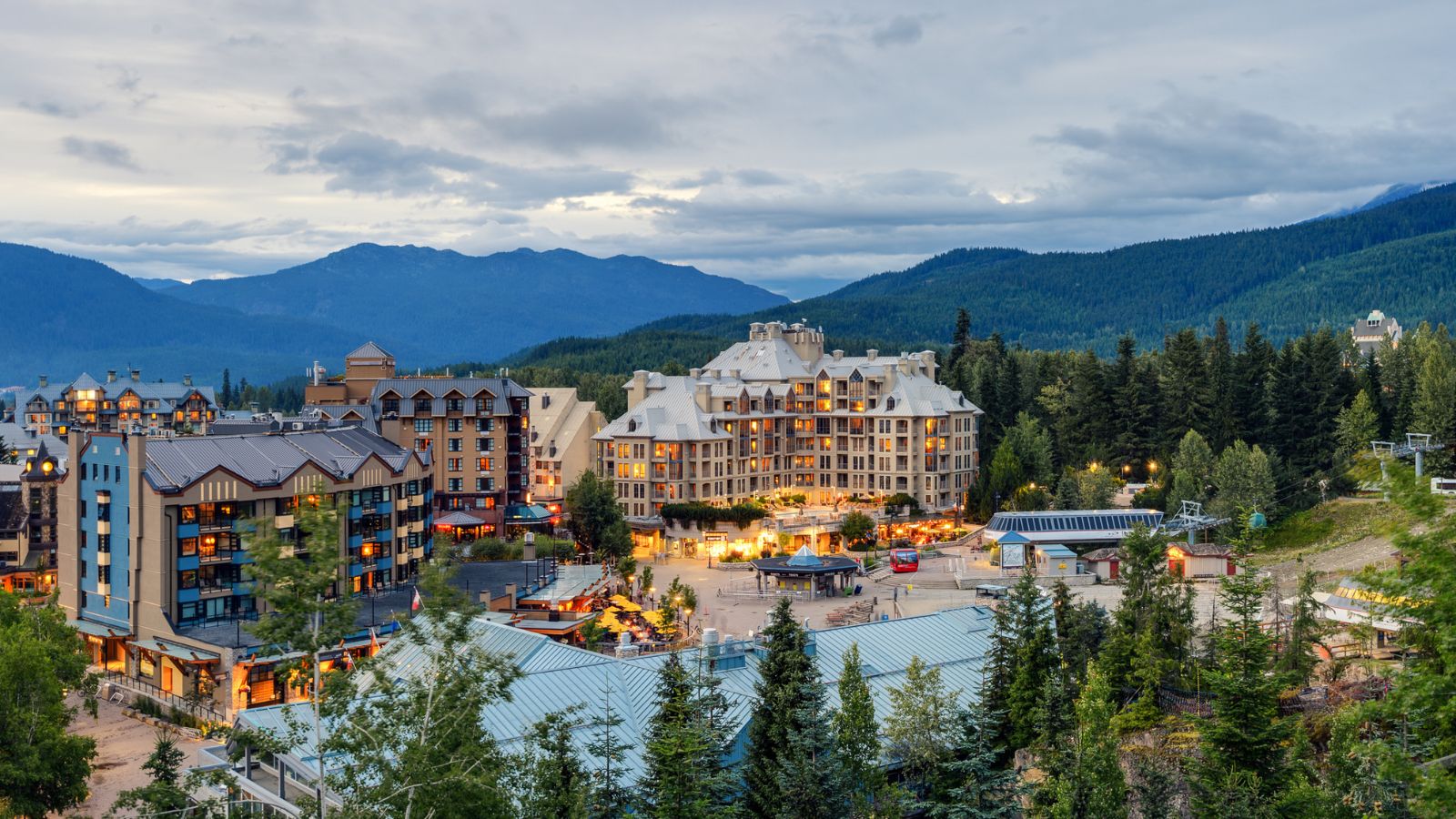
Known for skiing, Whistler is also known for sustainability. The resort town has adopted the Whistler 2020 plan, which outlines a long-term commitment to environmental, economic, and social sustainability. Programs include composting, energy-efficient transit, and aggressive carbon reduction targets. Whistler’s approach to balancing tourism with environmental responsibility has become a model for other destinations worldwide.
Salt Spring Island, British Columbia
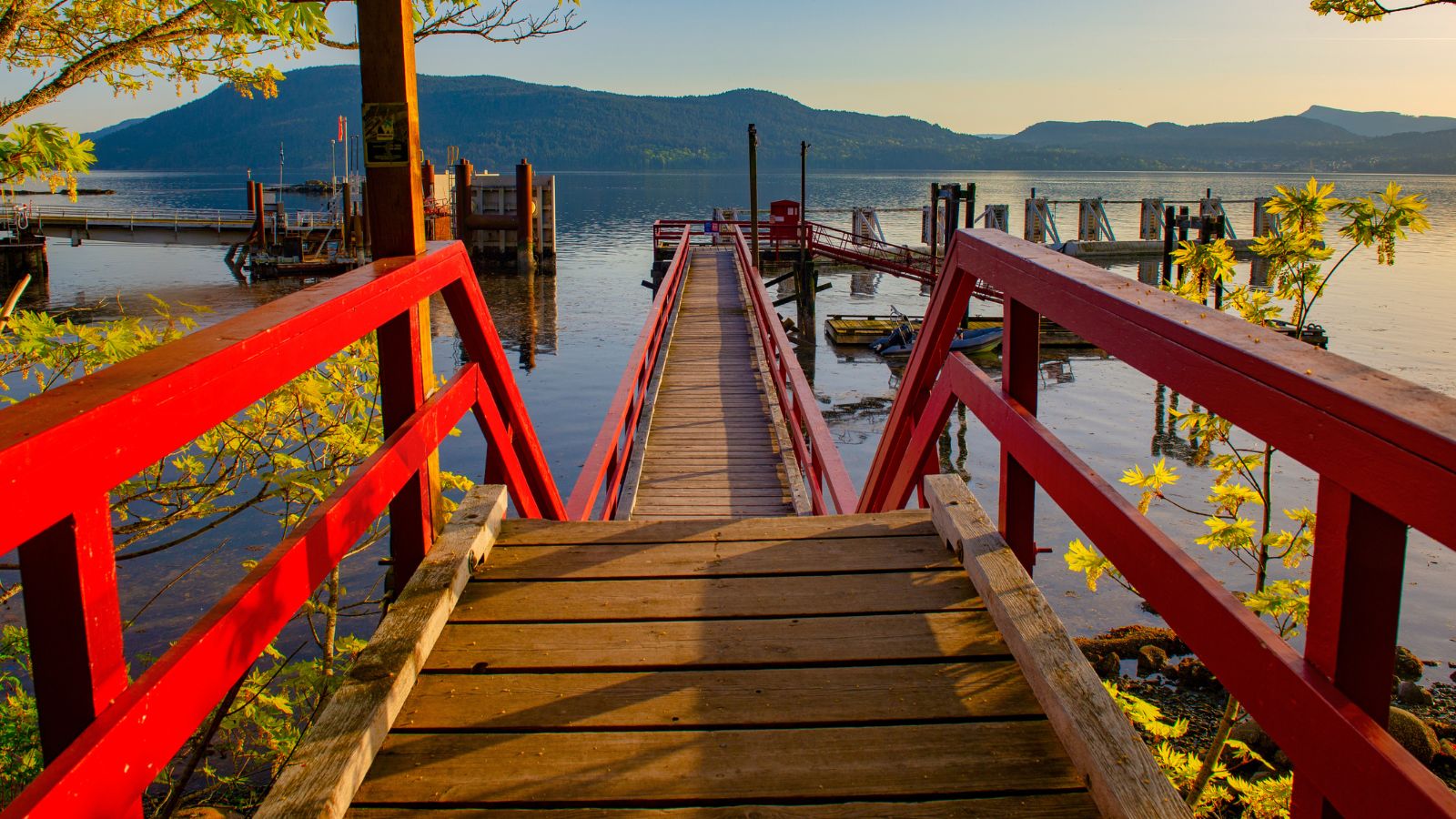
Salt Spring is a hub of organic farming, artisan culture, and sustainable innovation. The island is home to numerous eco-villages and intentional communities focusing on renewable energy and permaculture. Many residents live off-grid, and community-supported agriculture is the norm. Salt Spring’s thriving farmers market is a showcase of its dedication to local, sustainable food systems.
Victoria, British Columbia
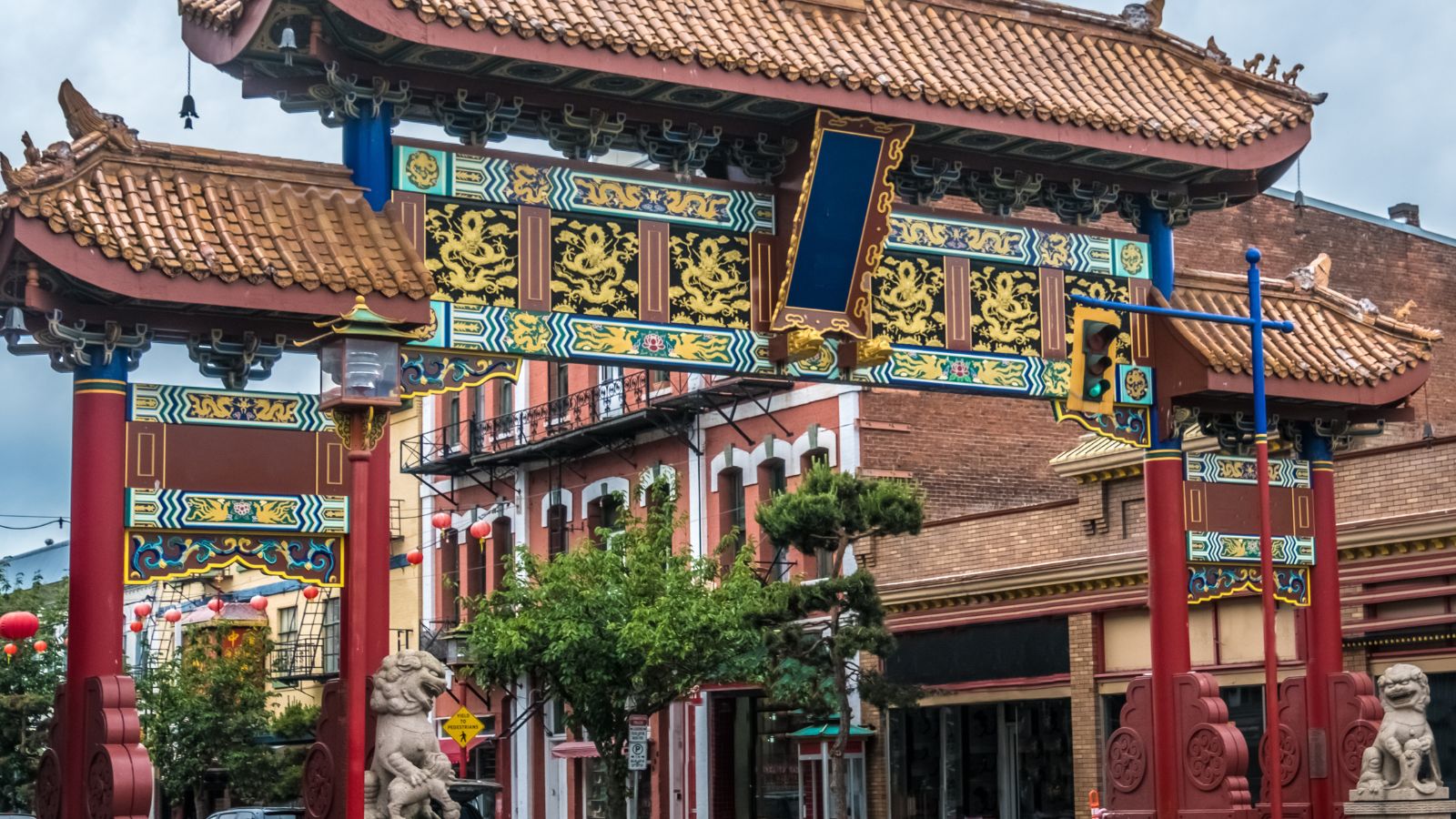
The capital of B.C. has a bold climate leadership plan aimed at achieving net-zero emissions by 2045. Initiatives include a strong cycling infrastructure, zero-emission public buses, and green building policies. Community gardens flourish in nearly every neighbourhood, and the city has committed to banning natural gas in new construction. Victoria is redefining urban sustainability.
Vancouver, British Columbia
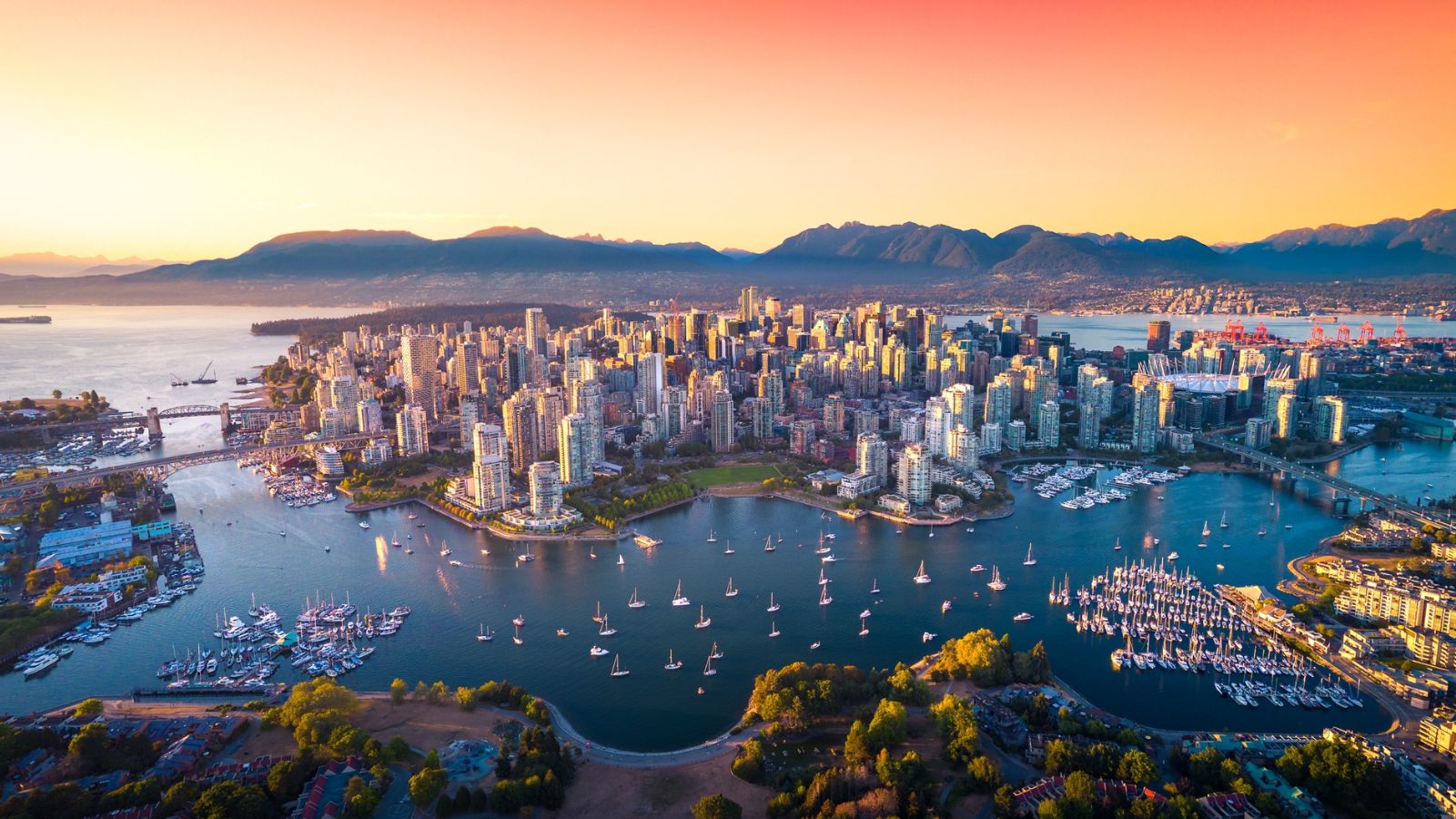
Often ranked among the greenest cities in the world, Vancouver’s Greenest City Action Plan sets ambitious goals for zero waste, carbon neutrality, and local food systems. High-rise buildings now incorporate green roofs and LEED certifications, and the city boasts one of North America’s best bike networks. Vancouver’s strong zoning regulations also promote dense, walkable, and mixed-use communities.
Canmore, Alberta
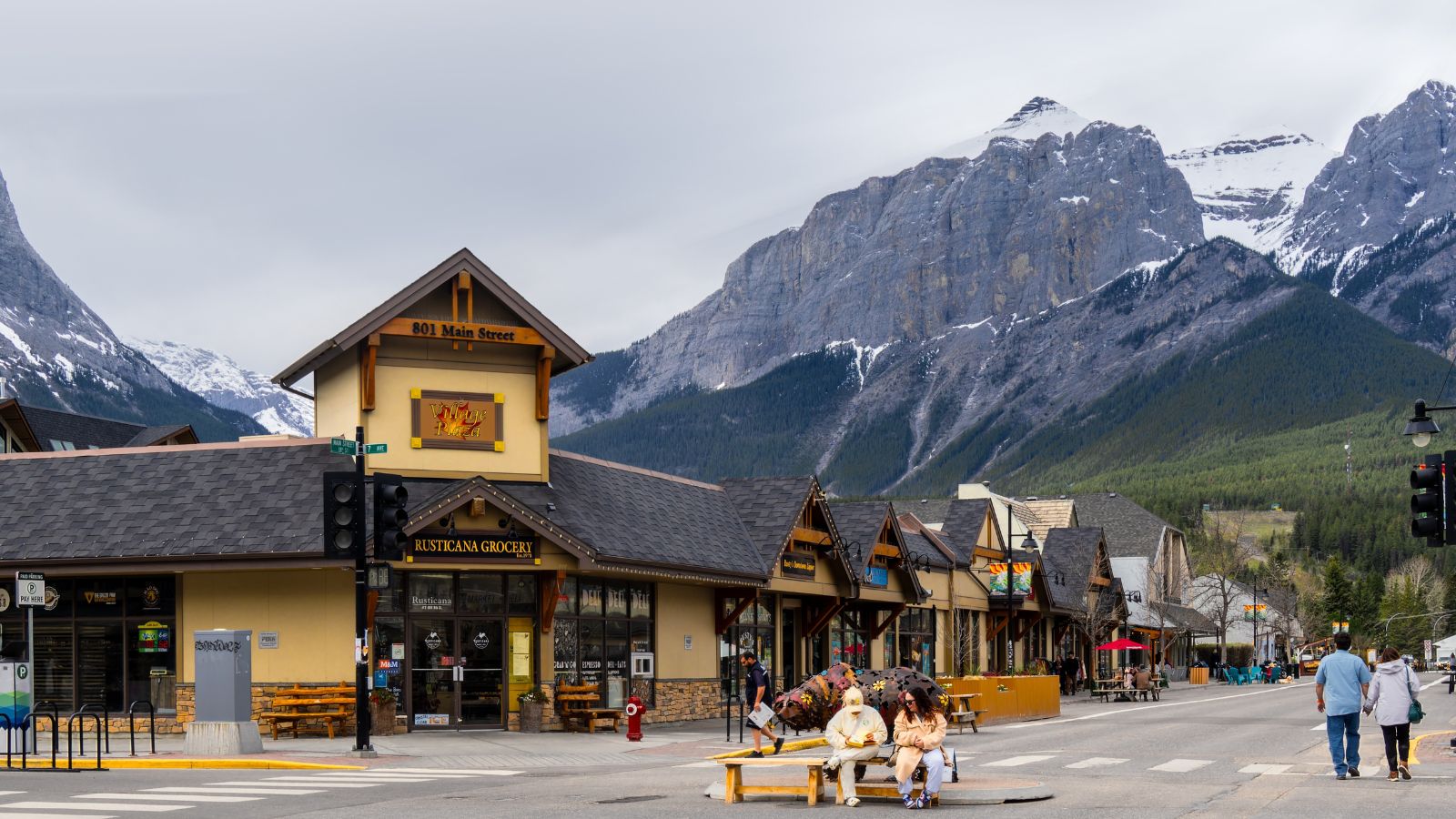
Canmore is embracing sustainability in the heart of the Rockies. The town promotes low-impact tourism, energy efficiency, and local food systems. Projects like the Biosphere Institute support public education and environmental research. Canmore also has a thriving network of eco-minded entrepreneurs working to develop green business models in harmony with the surrounding wilderness.
Drayton Valley, Alberta
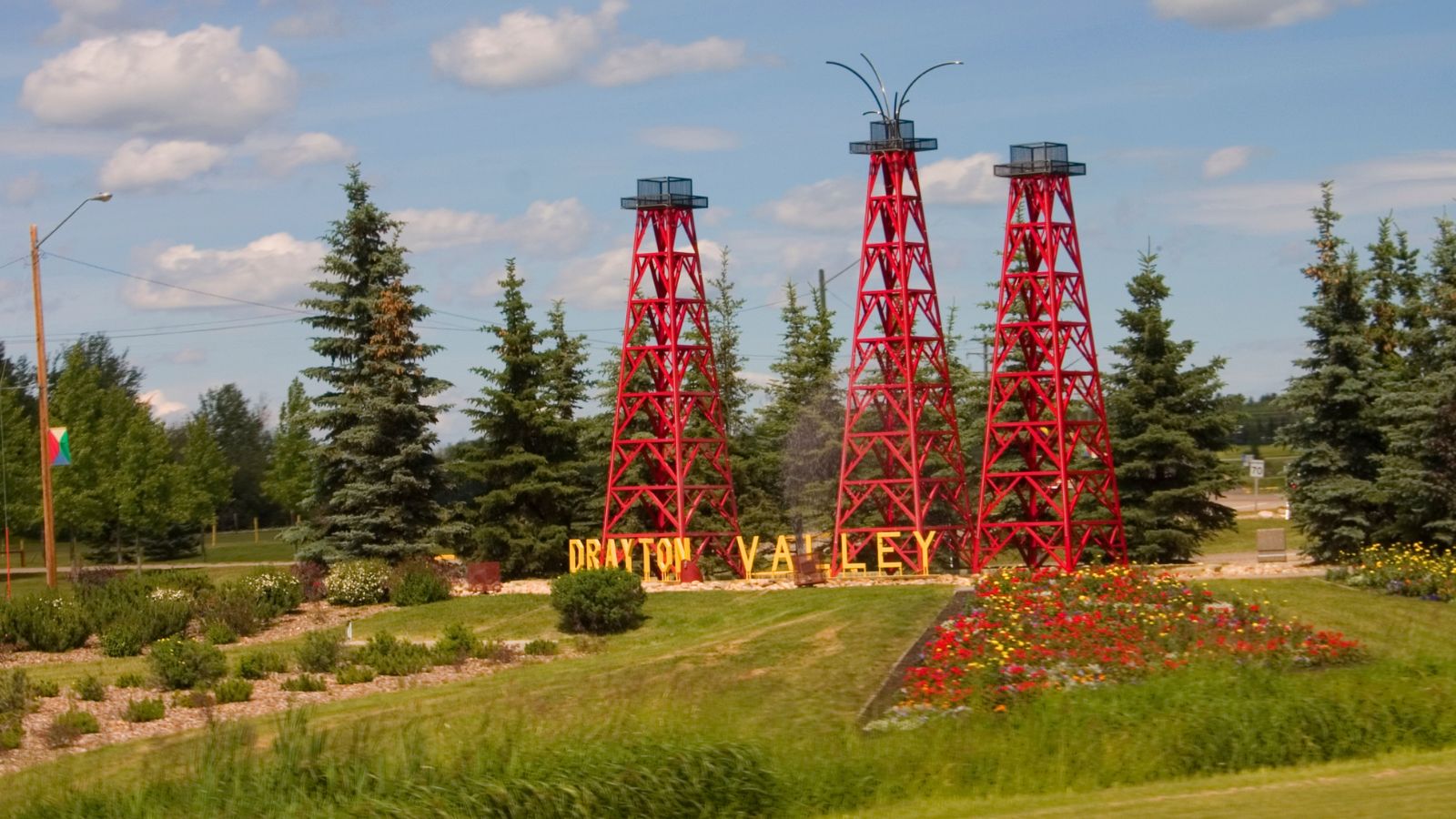
Drayton Valley might not be the first place that comes to mind for eco-living, but this small town has taken a big leap with its Clean Energy Technology Centre. The facility serves as a hub for education, innovation, and sustainable business development. Locals are exploring biomass energy, waste-to-energy solutions, and green building techniques, positioning Drayton Valley as a surprise leader in rural sustainability.
Saskatoon, Saskatchewan
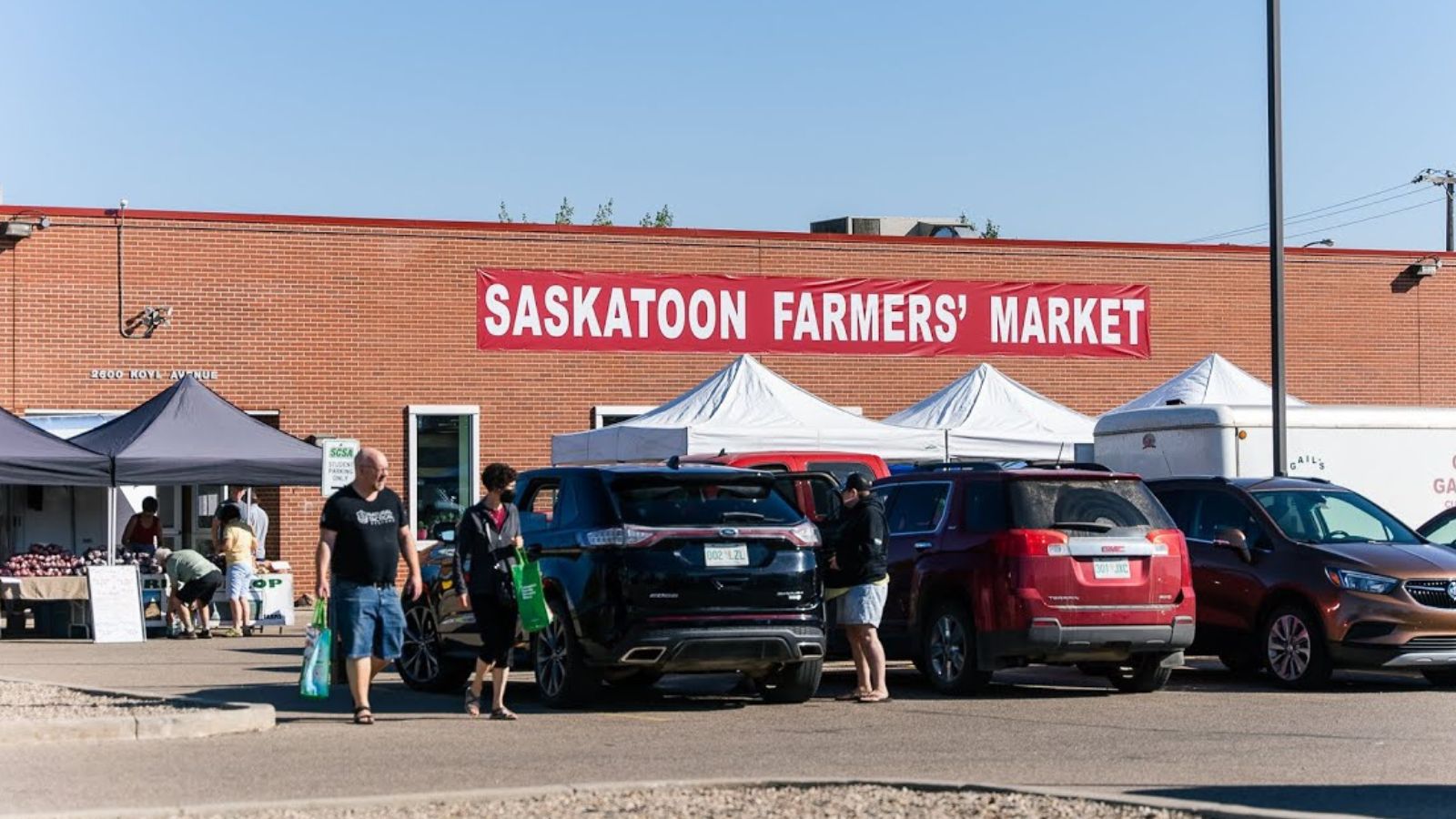
Saskatoon has been quietly transforming itself into a prairie powerhouse of sustainability. Community initiatives like the Saskatoon CarShare Co-operative, urban agriculture projects, and riverbank restoration efforts show a commitment to green living. The city’s greenhouse gas reduction plans and sustainable transportation policies are turning it into a model for eco-conscious growth in the prairies.
Winnipeg, Manitoba
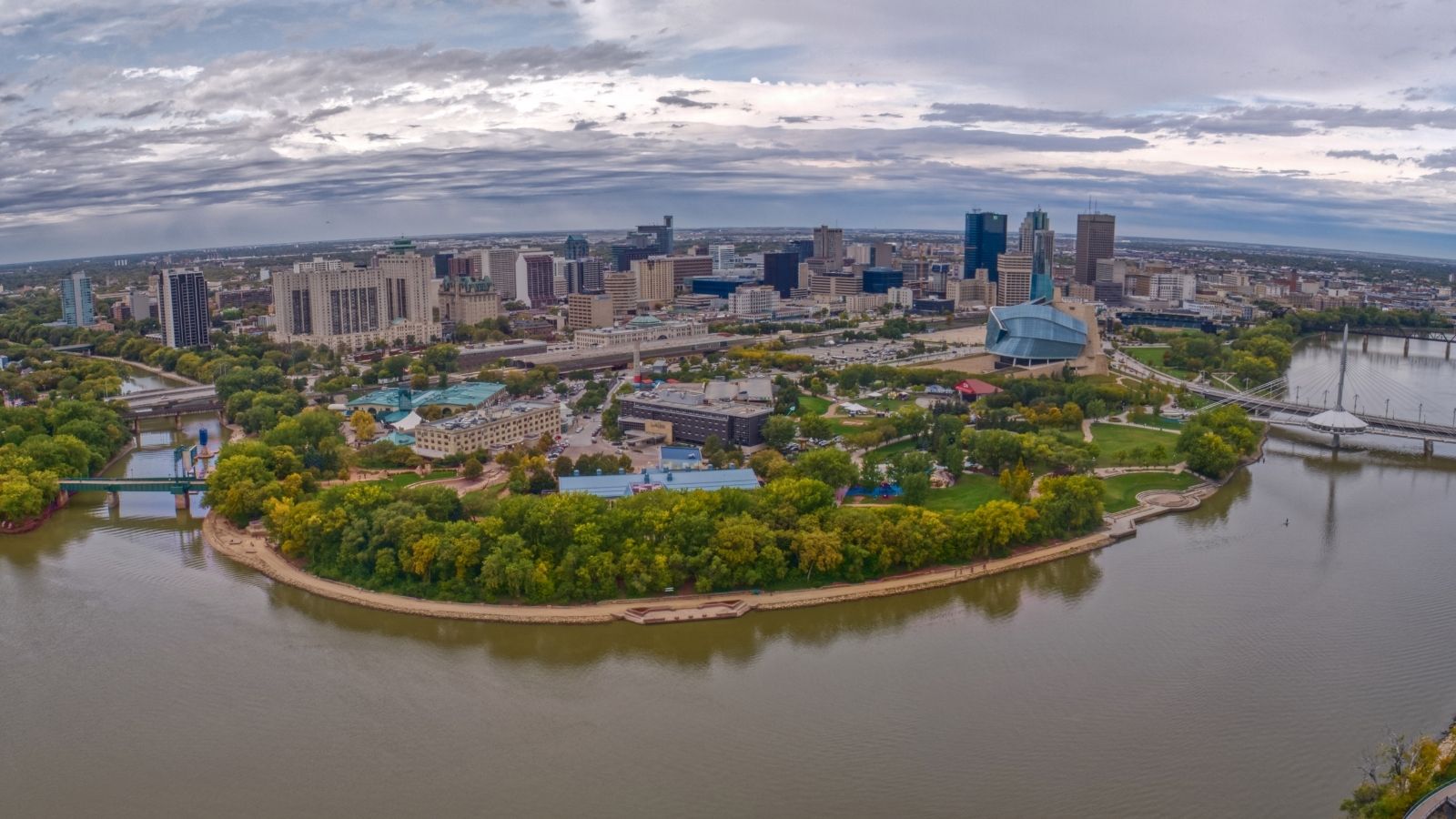
Winnipeg’s Forks Market has become a showcase of green design, featuring geothermal heating, passive solar heating, and rainwater harvesting. Community-driven organizations across the city are pushing for better cycling infrastructure, urban farms, and green rooftops. The Peg City Car Co-op and public transit improvements further support a shift toward sustainable urban mobility.
Toronto, Ontario
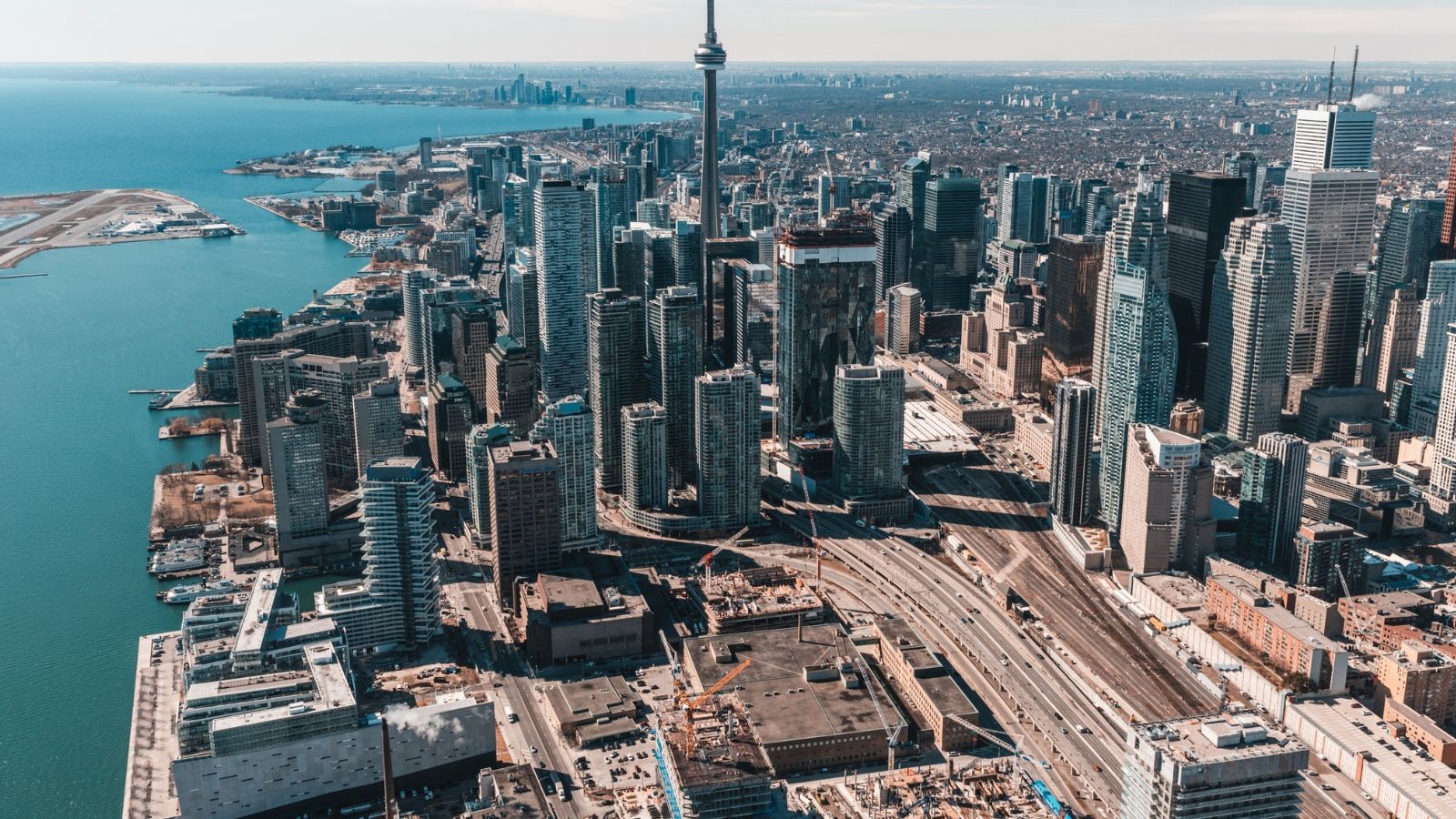
Canada’s largest city is a leader in climate resilience and green urbanism. Toronto’s TransformTO initiative aims to achieve net-zero emissions by 2040. The city is investing in green buildings, electric transit, and urban agriculture. Community-driven projects like rooftop gardens, community fridges, and zero-waste stores are helping Torontonians rethink how they live, eat, and move through their city.
Guelph, Ontario
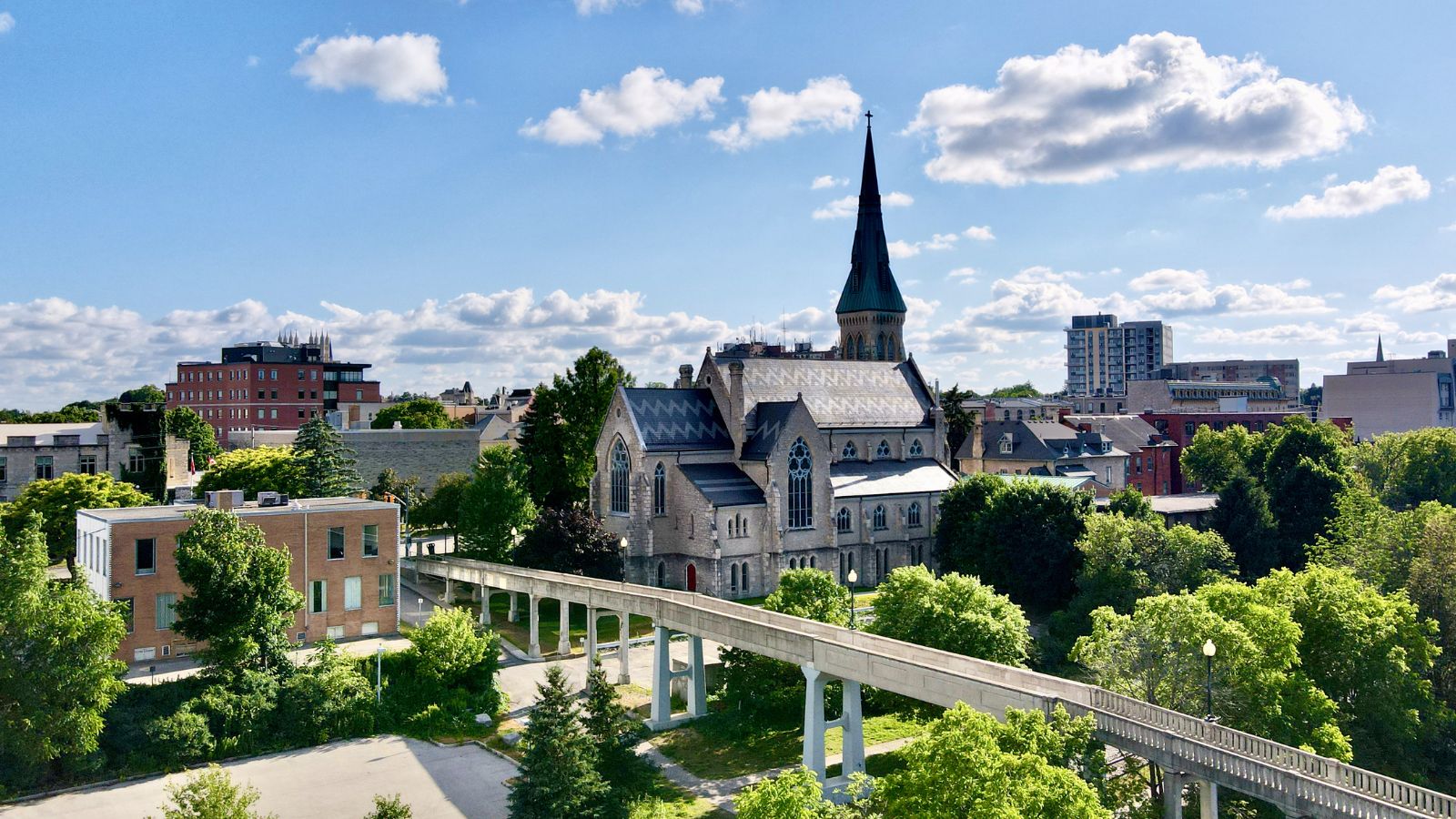
This mid-sized city is a trailblazer in circular economies and sustainable food systems. Guelph’s Our Food Future initiative focuses on reducing food waste, encouraging local food production, and turning organic waste into valuable resources. The city has a strong network of urban farmers, composting initiatives, and food security programs. Guelph’s green momentum is attracting national and international attention.
Peterborough, Ontario
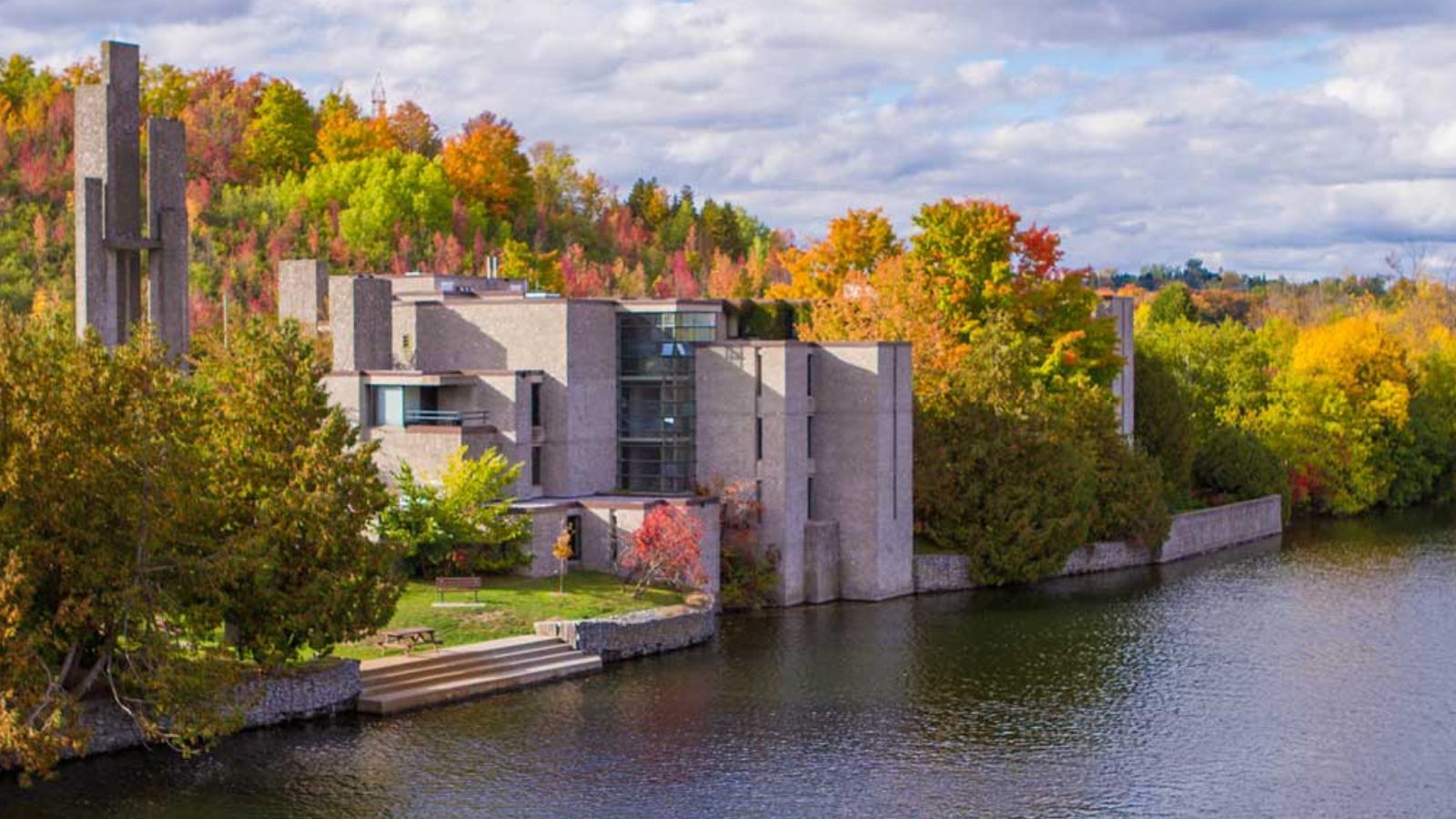
Peterborough has been at the forefront of community-based climate action. Local groups have pushed for renewable energy projects, eco-housing cooperatives, and sustainable transportation initiatives. The Sustainable Peterborough Plan connects public and private sectors to develop shared goals for carbon reduction and environmental resilience. This lakeside city is punching above its weight in green leadership.
Montreal, Quebec
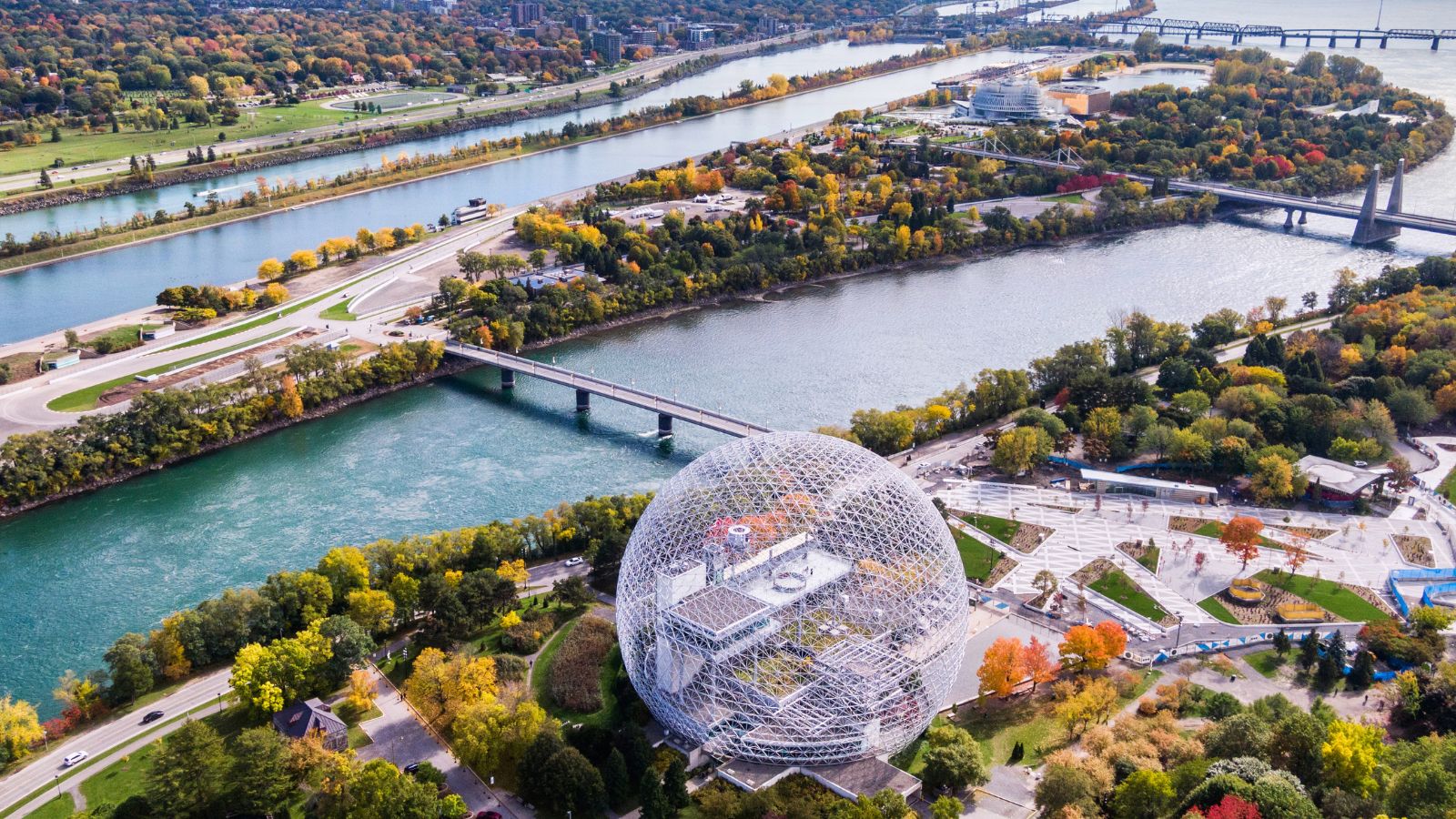
Montreal’s eco-vibe is built into its culture. With a strong cycling network, comprehensive composting program, and aggressive climate targets, the city is transforming urban life. The borough of Rosemont–La Petite-Patrie stands out for its green laneways, community gardens, and geothermal buildings. Montreal’s commitment to green spaces and active transportation continues to inspire cities worldwide.
Trois-Rivières, Quebec
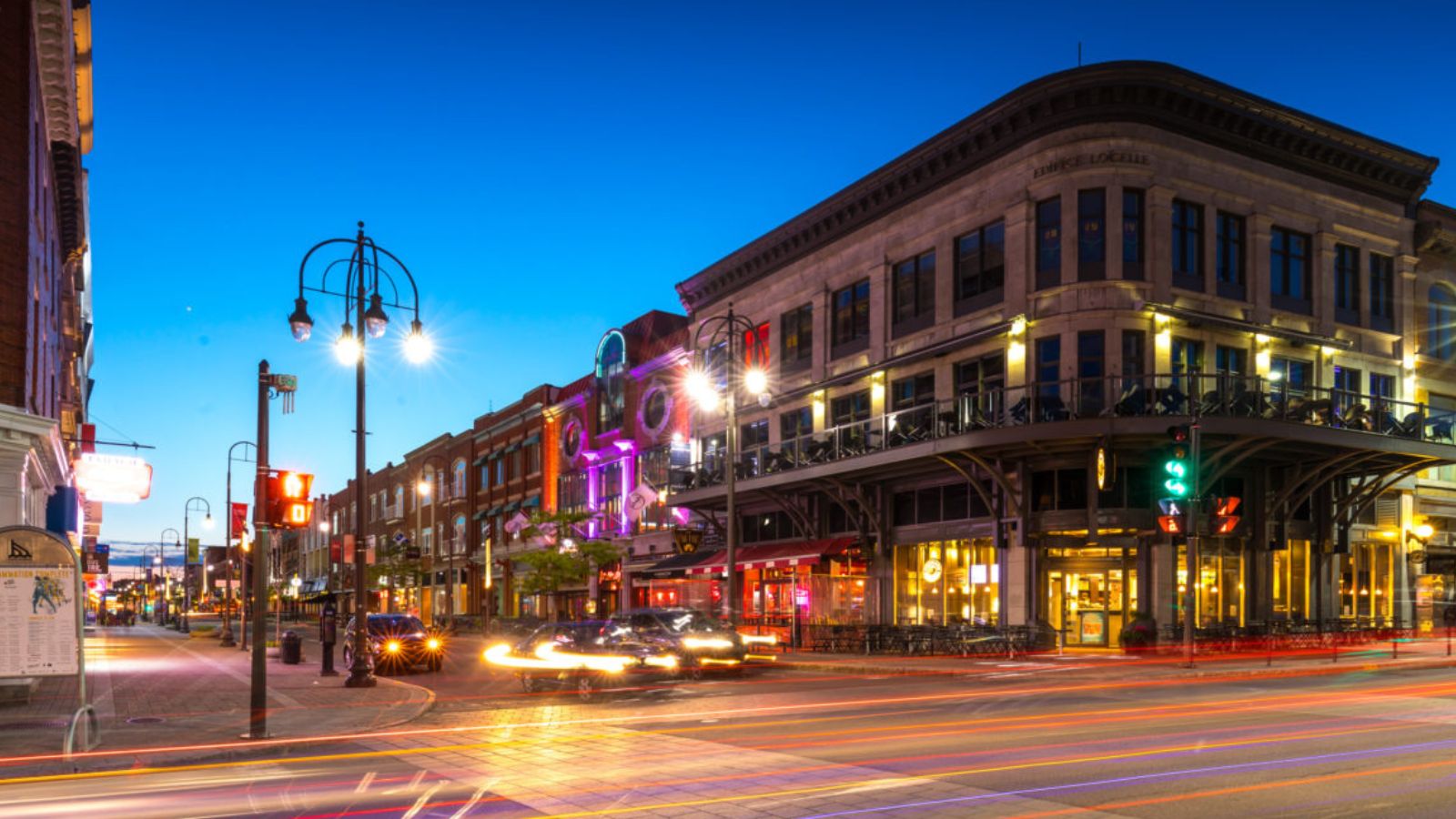
This riverside community is pushing ahead with green energy, recycling, and sustainable tourism. The city has embraced biomass energy and electric transit, while local schools and colleges integrate sustainability into their curriculums. Community-based environmental groups have helped restore local ecosystems and promote conservation education. Trois-Rivières shows how mid-sized cities can make big sustainability gains.
Halifax, Nova Scotia

Halifax is a coastal leader in sustainable infrastructure and community resilience. The Halifax Green Network Plan protects green spaces while guiding sustainable development. Solar City, one of Canada’s largest municipal solar programs, helps residents install renewable energy systems. The city is also working on climate adaptation to address rising sea levels and storm surges, ensuring a sustainable future for its coastal communities.
Lunenburg, Nova Scotia
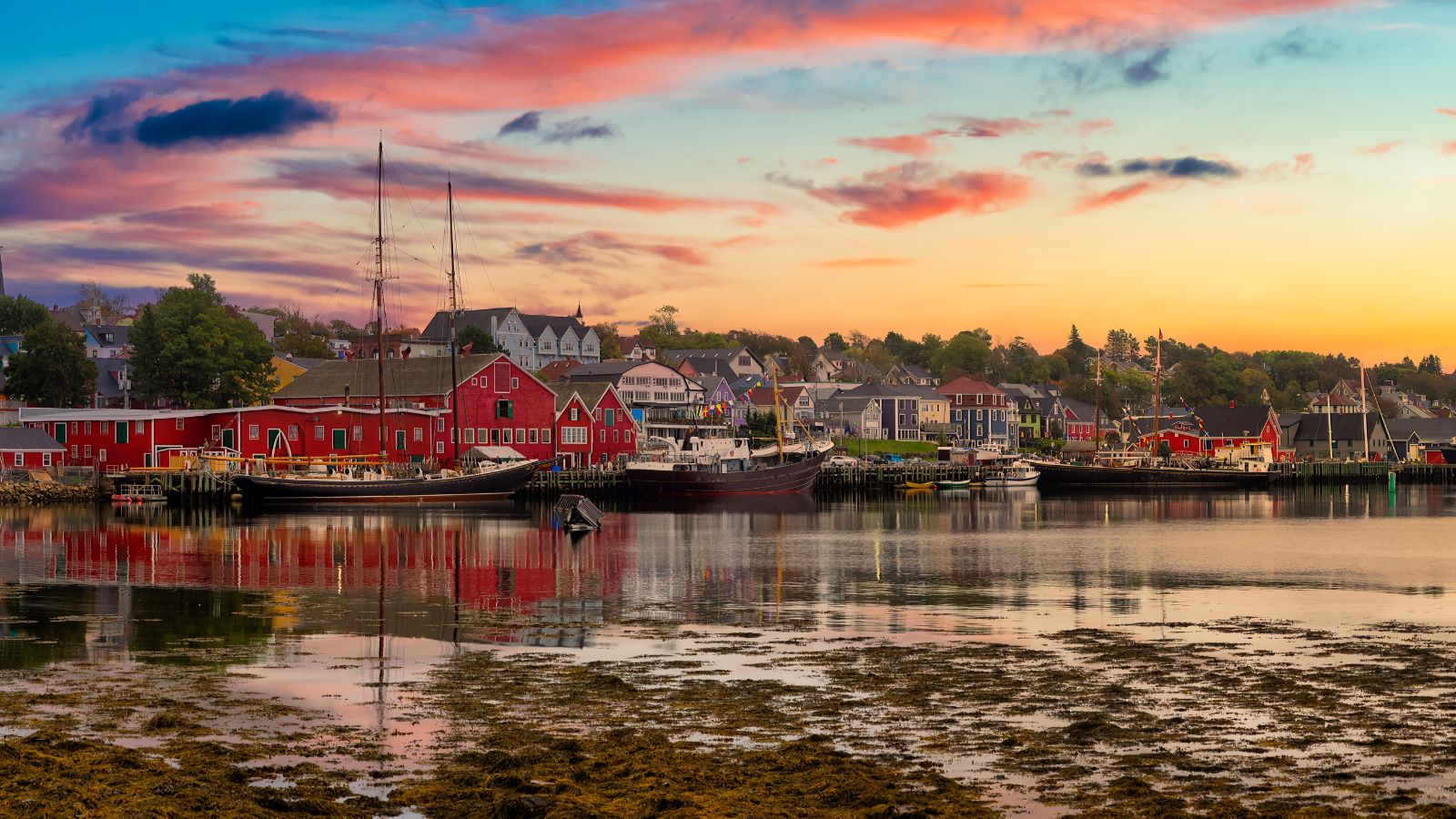
This UNESCO World Heritage site is more than just a pretty face. Lunenburg is integrating green tech and heritage preservation, a delicate but vital balance. Solar panels now adorn historic buildings, and local food systems have been revitalized through farmers markets and seafood cooperatives. The town’s commitment to sustainable tourism is protecting its culture and environment for generations to come.
Fogo Island, Newfoundland and Labrador

Fogo Island is leading with a philosophy of “cultural and ecological economy.” The Shorefast Foundation supports local entrepreneurship, craftspeople, and sustainable tourism. The Fogo Island Inn is internationally renowned for combining luxury with deep ecological respect. Locals have reinvested in traditional knowledge and renewable energy solutions, making this remote island a true lighthouse of sustainability.
22 Times Canadian Ingenuity Left the U.S. in the Dust

When people think of innovation, they often picture Silicon Valley. However, Canada has a history of innovation, too. Whether it’s redefining sports, revolutionizing medicine, or just showing America up at its own game, Canadian inventors, thinkers, and dreamers have had their fair share of mic-drop moments. Here are 22 times Canadian ingenuity left the U.S. in the dust.
22 Times Canadian Ingenuity Left the U.S. in the Dust
